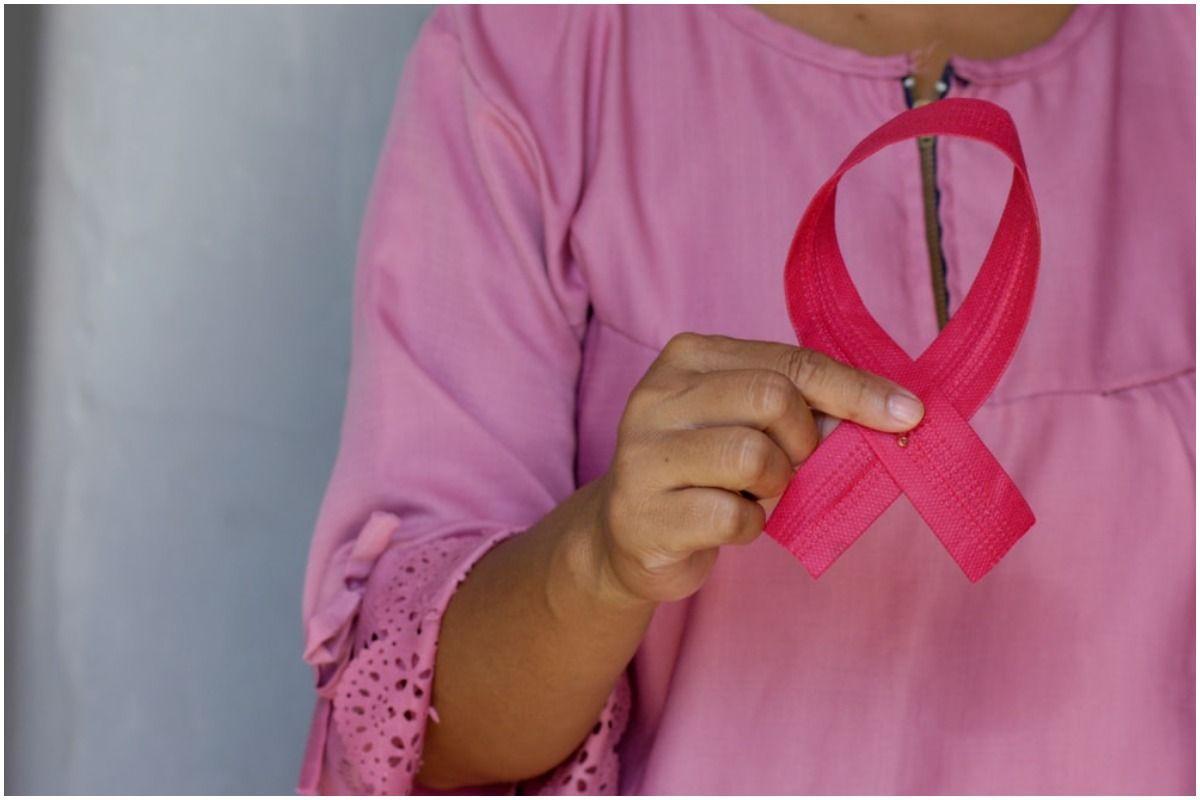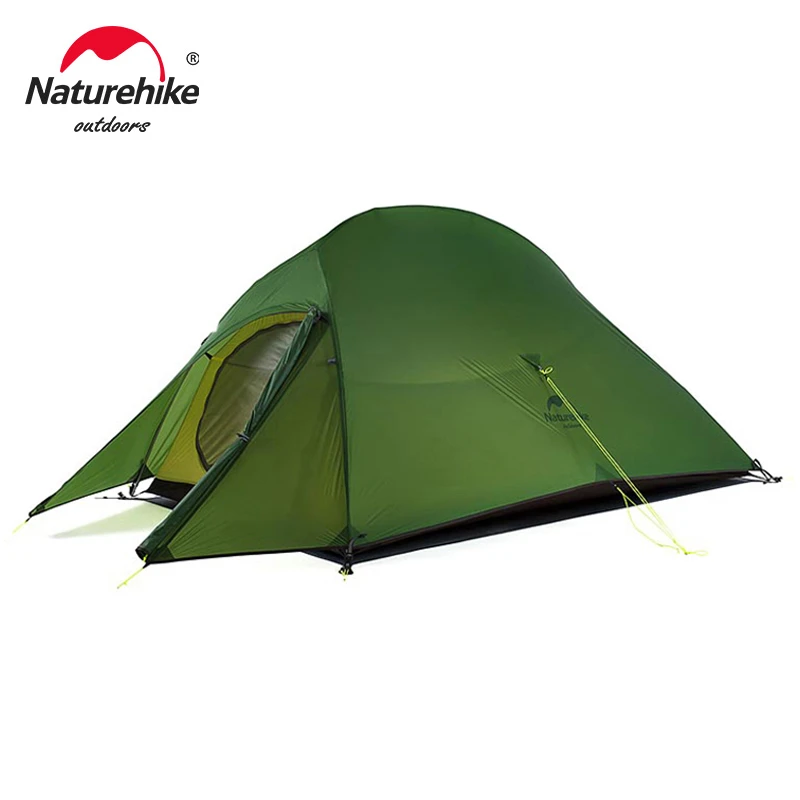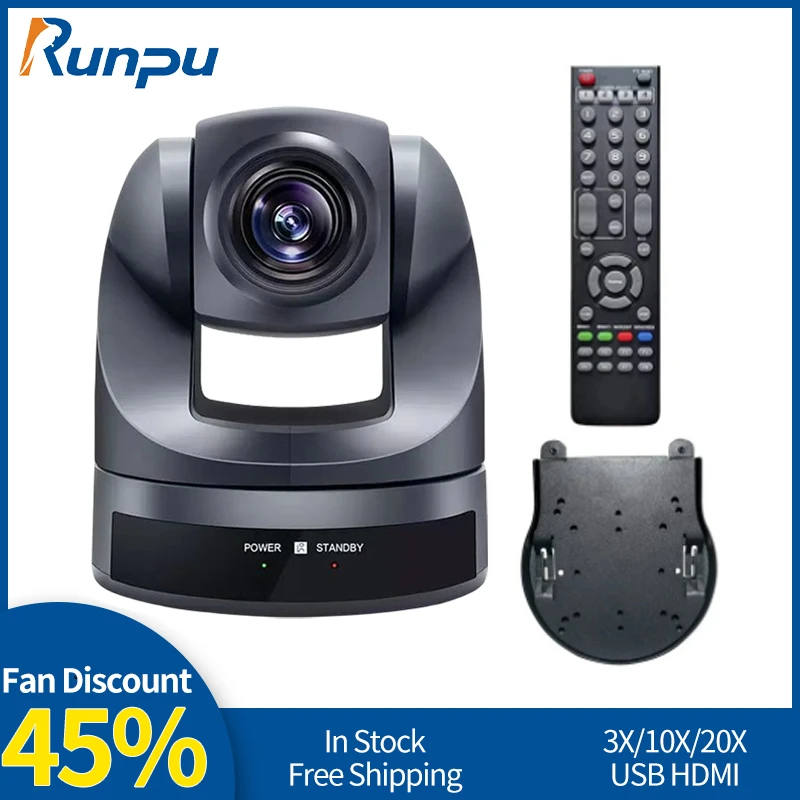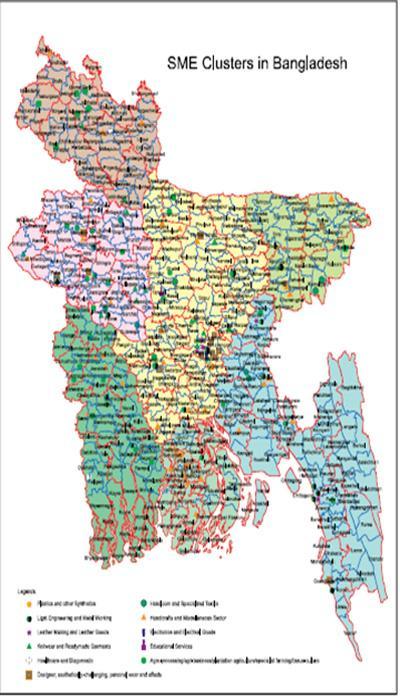Self-Care to Prevent Breast Cancer
Self-Care to Prevent Breast Cancer Dr. Sanjay Agrawal* Leading Pharmaceutical Consultant and Editor-in-Chief of IJM Today Breast cancer remains one of the most prevalent and concerning health issues affecting women worldwide. While genetics and other factors contribute to its…
Read More











 by
by